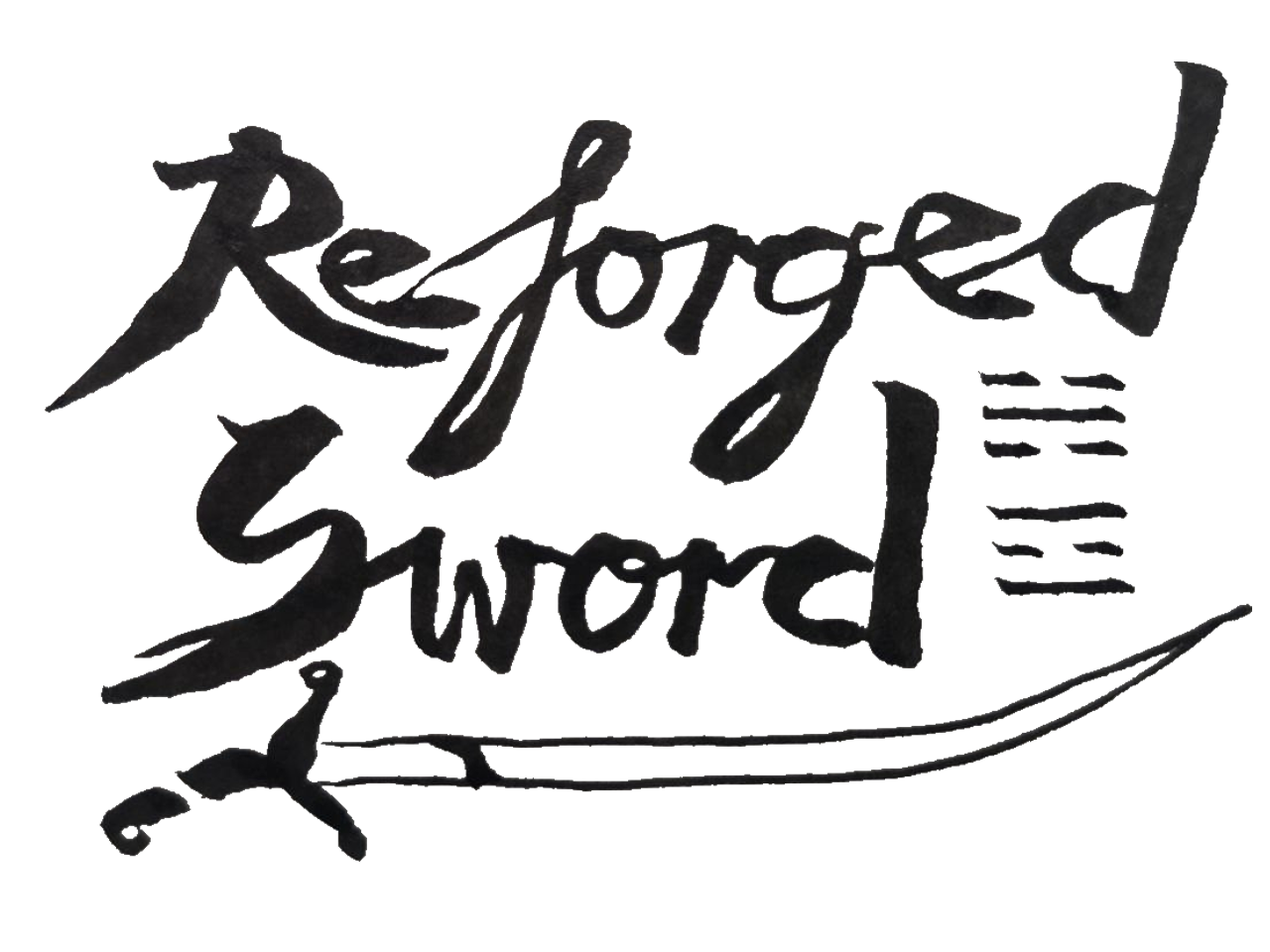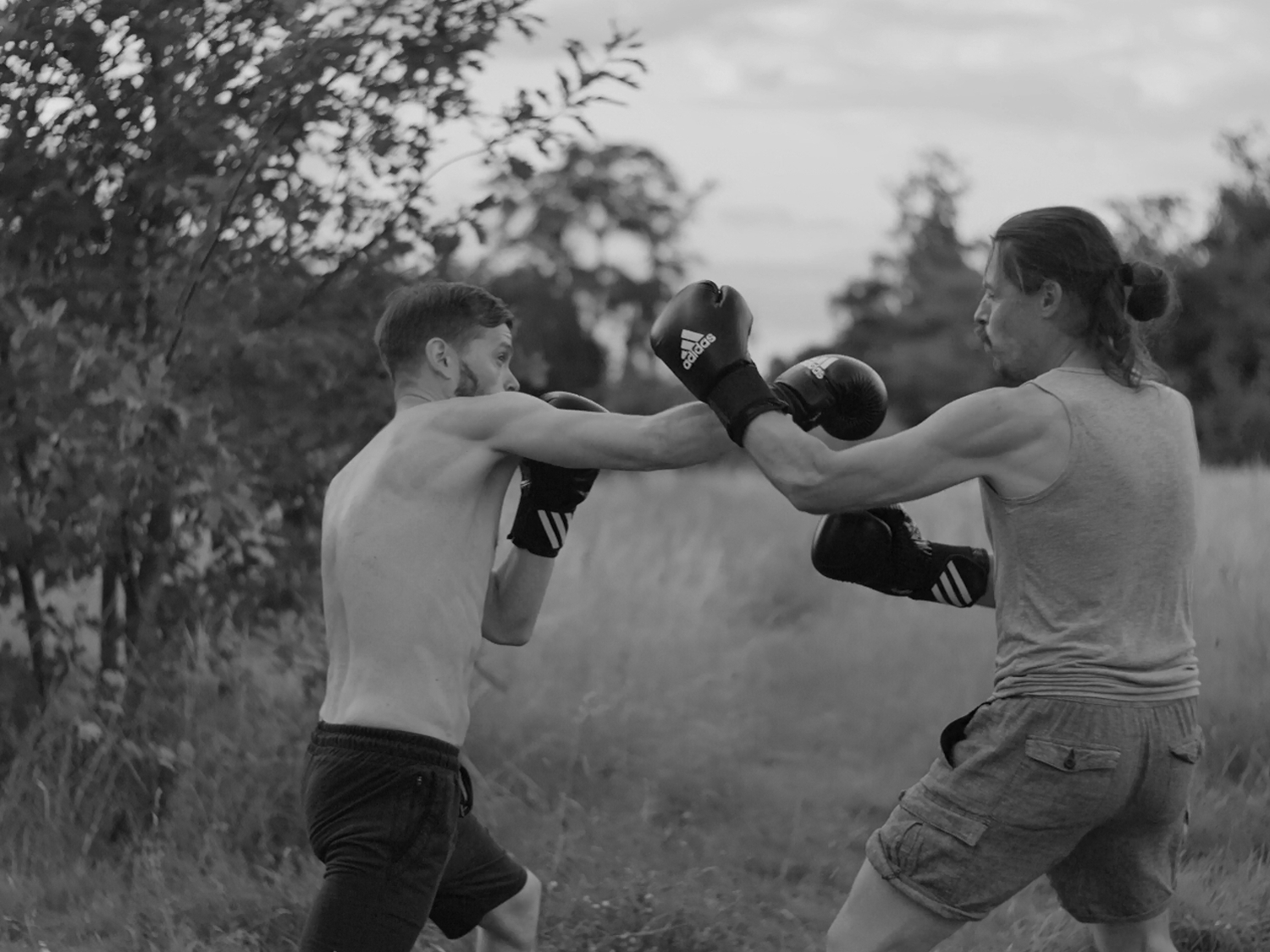FIGHTING, PLAY AND SELF DEFENCE
There are three types of fighting. Play, dominance, war.
The first, the play category includes everything from cooperative to competitive partner training. Usually people do never get badly hurt in this category of playful fighting. The competitive aspect of hard sparring can switch into a dominance fight. If it is a fight for dominance, much more violent intention is involved. But the intention is still not, to kill the other one. An martial arts match can be in that category, or a street brawl. A fight for dominance is usually not deadly, but the injuries can be much worse, then in a sportive, playful fight, and there is even a certain chance to get killed. The war category of fighting is about killing each other. Its about survival.
Self Defence is aimed at making the survival chance of someone in such a situation higher. The problem is, that one cannot fake that situation. It is what it is, and what the body will be able, or not able to do in such a situation is hard to tell, and can be very surprising. People, who had to be repeatedly in such situations found ways, to prepare for that kind of violence. There exist different opinions on that theme. Even here, something may work for one person, but not so much for another. I think, to be prepared, one needs the experience of hard sparring, of stress testing. Not for learning techniques, but for having the experience of strong violent pressure on the system, without switching into survival mode, and to test techniques and skill. The other aspect is adrenaline training, where one tries in a safe setting, to recreate one specific situation, for example a knife attack with a rubber knife, in which the partner goes all in, to create an intensity, that is near to a life threatening situation. Even in such a fake life death situation, something archaic switches on. The partner enacting the attacker may have an unreal strength. One needs that intensity, to experience, if the techniques and the principles work at all under such circumstances. And more important, if the body is able to act in such a situation, instead of going into freeze. Sparring and stress testing create an uncomfortable situation, that simulates danger to the body. By doing that again and again and increasing the intensity of the stress, the body mind system learns to switch into a state, that is neither fight, flight or freeze, but concentrated presence and action. In a way the body goes into a fight mode, but not blindly. There is a very high intensity in that mode, the killer instinct should be awake, but contained, which is then rather a warrior state of being. One needs to be to a certain level comfortable with violence.
The third exercise is slow partner training, training body mechanics, making it possible for the nervous system, to learn new ways, to deal with different situations. One may think, that one is optimally prepared, if one does exclusively hard sparring, maximum pressure training. That is not the experience of most people. One needs to get comfortable to the highest degree within hard pressure testing situations, yes. The problem is, that usually because of the speed and intensity, one will always, intuitively use, what works best in such a situation. To learn new techniques and solutions, and to implement freshly learned principles, one needs to train slowly. The slow flowing partner training allows awareness of tension, emotions and states of the body. One will experience all the fight-flight mechanics as in a hard sparring, just much softer, so that one needs to deliberately listen to them and to release. Especially, if one knows, how ones body reacts in a fast and intense situation, it is possible to realize, the subtle tensions in the body already happening within cooperative rather slow partner training. This is the best and fastest way, to change ones abilities.
The experience of controlled violence within sparring and the awareness and relaxed presence, that is a result of the slow flowing partner training, changes the awareness and presence of the person in everyday life. Many potentially dangerous situations can be avoided with these skills. Which is the best self defence. Not only dogs smell tension and fear, people do too. In our school no one is forced, to do hard sparring. Many though find a liking to it, who would never have thought so before hand. A side effect of such harder training, is an increased ability to relax in everyday life and into the softer exercises, like sensing hands, pushing hands (tui shou). Even though I think hard sparring is very important, it is irresponsible to push students unpreparedly into it. Injuries and demotivation will be a likely outcome.
In my early teens I experienced the effectiveness of different layers of training first hand. I trained Karate at that time. I was in intermediate level. In my school we did not do really do hard sparring until reaching an advanced level. One day a new martial arts school came to town and I went there to try out their training. They did a lot of hard sparring from the very beginning. I had to painfully and shamefully realize, that many techniques did not work, that had worked in the light kind of sparring I had experienced before. I suffered several concussions. If I put the sparring into a category, that I experienced at the new school, I would say it was dominance level intensity. Then, in the same time period, I had unfortunately a situation in which I was seriously attacked. Awareness switched into another mode, time slowed down, and the body seemed to act on itself, suddenly I applied very effectively, what I had learned in the slower softer partner training.
Understanding the principles and techniques of a martial art and being able to apply them effectively within a safe and compliant setting is not enough, to be prepared for an actual situation of danger. It needs another element. Stress testing, and or sparring. An uncomfortable situation, that simulates danger to the body. By doing that again and again and increasing the intensity of the stress, the body mind system learns to switch into a state, that is neither fight, flight, freeze or fawn, but concentrated presence and action. In a way in the stress testing, the body goes into a fight mode, but not blindly. There is a very high intensity in that mode, the killer instinct should be awake, but contained, which is then rather a warrior state of being. So one needs to be to a certain level be comfortable with violence. Sparring is applied violence, experiencing being attacked, and experiencing to attack. (I think, this should be a gradual process. That does not dishearten the practitioner, but make him more eager to improve. A process that must build trust in the training partners, in the same portion as the intensity of the stress within the session is raised.)
But, also the sparring is not enough, no situation recreated in the training will ever be the real situation, that is impossible.
The best self defence is of course, to avoid dangerous situations. Many people, who could, through the training with a partner, activate the warrior spirit to a certain degree, make the experience, that it became much easier to avoid these situations. There may be many reasons, I think, one important reason is, that one can see the build up of a dangerous situation better, and avoid it, the other one is, that this readiness of someone to apply violence, to kill if necessary, can be perceived by other people, and many bully types will not pick on these people.
There are people, who have been continuously in dangerous situations, and had to deal with them. Military men, body guards, etc. I think these people can teach the necessary knowledge about self defence best. It needs the right information and continuous training. A two week course will not suffice. But for someone, who trains his martial art regularly with partners, and after the course will integrate the information into his training, will definitely increase his ability to deal with a real life attack. I have had both, instruction by ex military and police and a good amount of training, but I would not call myself a self defence expert, simply because I had luckily a relatively small amount of dangerous attacks, I had to defend myself against. But still enough, to know a bit about self defence and its importance. In our training the emphasis is not on self defence, but it is a part of it. For me the more important aspect of internal martial arts, is about health, single mindedness, spirituality and the increasing ability to perceive and work with more subtle emanations of matter. Or simply improving life, and of course self defence and stress testing is an integral part of that.



